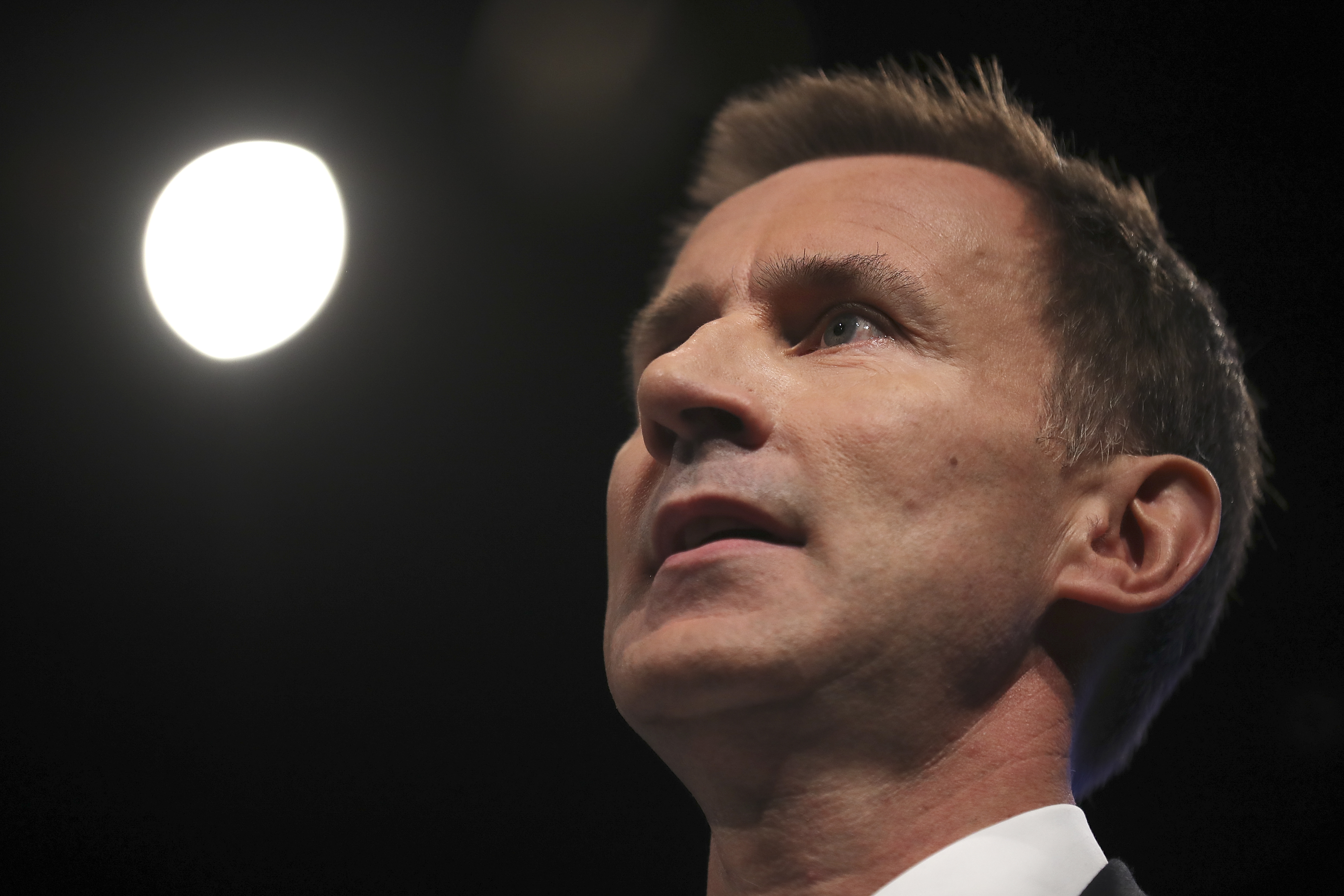
- Select a language for the TTS:
- UK English Female
- UK English Male
- US English Female
- US English Male
- Australian Female
- Australian Male
- Language selected: (auto detect) - EN
Play all audios:
Thus far the Brexit Party has surprised many with its sophisticated presentation. The design and organisation of its rallies and social media have been impressive. Of course, it is not just
a matter of form but content. It has had a clear strong message. As a result of all this, it has been recruiting a lot of members — or “registered supporters” — at £25 a time. On May 16th,
before the European elections, it claimed to have over 100,000 of them. There will certainly be many thousands more by now. Some have even suggested the Brexit Party might be set to overtake
the Conservative Party in its membership tally. That would be extraordinary, given that the Brexit Party was only registered with the Electoral Commission in February, while the
Conservatives are the oldest and most successful political party on the planet. However, the threshold is a little higher than had been thought. The Conservatives had 124,000 members in
March 2018, but it claims to have over 160,000 today. The minimum subscription is also £25. Brandon Lewis, the Tory party chairman, has been making some serious attempt at recruitment. There
has been a particular effort to revive the Young Conservatives, with around a hundred new branches. But the increase probably has more to do with the prospect of a leadership election and a
wish to be able to vote in the final ballot. The paradox would be that the worse things got for Theresa May, the greater the leadership speculation and so the more people would be inclined
to join. A reward for failure, in other words — but it is hardly a sustainable basis for renewal of the Conservative machine. Those who join purely for such a motive are not likely to renew
their sub — especially if their favoured candidate does not win. So how can the Conservatives genuinely strengthen their ranks? One approach comes back to that earlier distinction between
“member” and “registered supporter”. It is not just a matter of semantics, or at least it shouldn’t be. Party members should be given real power in the selection of candidates for both
Parliamentary and council election. (Yes, that will sometimes mean the deselection of sitting MPs or councillors.) Then there is the matter of policy — which for members means the annual
party conference. For as long as I can remember the Conservative Party Conference has been described as “stage-managed”. But it has got steadily worse. It is now regarded by the party
leadership as a trade fair to raise money from lobbyists by charging them to — literally — set out their stalls. It is also put on for the media in order to achieve large quantities of
reasonably favourable coverage. Instead of being by the seaside, with a holiday atmosphere, it has all become more corporate, usually held in the business centres of Birmingham and
Manchester. The members get forgotten in all this. Unlike the journalists and “public affairs consultants”, or lobbyists, they have to pay their own hotel bills and a diminishing number have
been willing to go. At the same time, the political climate has become less deferential. The Conservatives need to adapt to this by having the self confidence to encourage debate and
provide a forum where new ideas can be put forward and existing policies challenged. As well as making the annual party conference more member-friendly, there should also be high-profile
regional conferences, so that it is more convenient for members to participate. If members are able to put forward contentious motions to be voted on, they are less likely to resign in
exasperation at their views being ignored. Brexit might be the obvious one at the moment. But there are plenty of others, HS2 and a third runway at Heathrow being obvious examples. What
should seem an obvious point, though it is often ignored by party officials, is that the Conservatives should make clear that they welcome more members. Advertising for new recruits should
be on a far greater scale: whether in the old media, such as the _Daily Telegraph_, _Country Life_ and _The Spectator, _the middle-aged media, such as direct mail, or the new media, with
websites such as Guido Fawkes or the targeting via Facebook of those likely to be sympathetic. With some spending on campaigning, political parties can point out they are constrained by a
shortage of funds. But if those on recruitment are any use at all, they should be a source of revenue by bringing in new subscriptions and donations. For those who don’t wish to join with
full membership, there should also be the option to become “registered supporters” at no charge. They should be made welcome to come along to fund-raising events, take part in local
campaigning and make a donation whenever they feel like it. Ultimately though the Conservatives need to decide what they believe in and then let the rest of us know. Jeremy Corbyn could be a
powerful recruiting sergeant for the Tories — especially if Corbyn is regarded as a serious prospect of becoming Prime Minister. Often negative campaigning, emphasising the threat from the
other lot, is the easiest and most potent type of message to put out. Whoever is chosen as the new Conservative leader and Prime Minister will arouse considerable interest, especially in the
initial weeks. The chance should not be missed to rebuild the Conservatives as a thriving, grassroots, mass-membership party.








